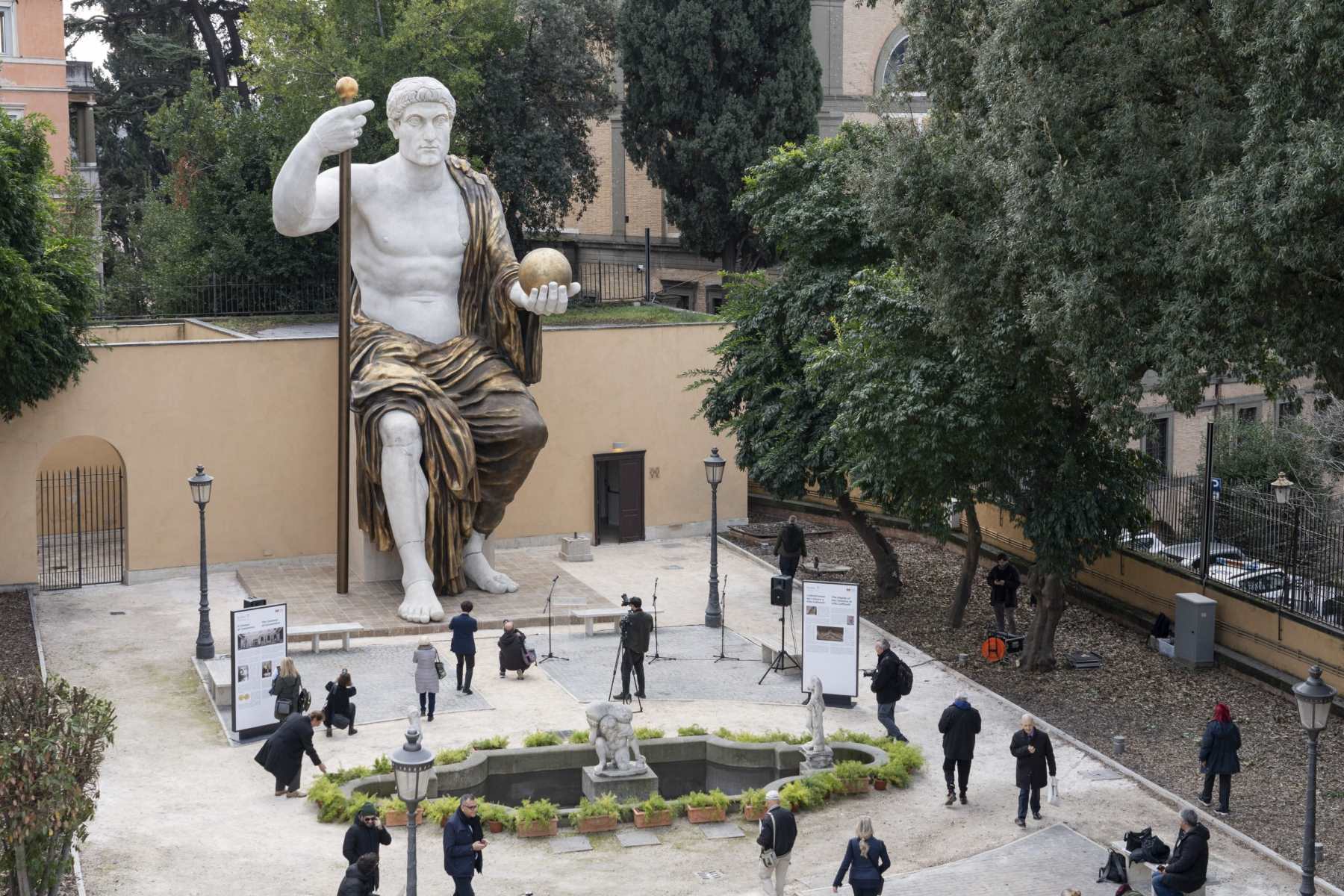
Who was the Emperor of Rome? The Emperor of Rome was the ruler of the Roman Empire, a position of immense power and influence. These emperors, from Augustus to Constantine, shaped history through their decisions, wars, and reforms. Statues of these emperors, like the famous Augustus of Prima Porta, serve as lasting reminders of their reigns. These sculptures, often crafted from marble or bronze, depict the emperors in various poses, symbolizing their authority and divinity. Why are these statues significant? They offer a glimpse into the past, showcasing the artistry and culture of ancient Rome. Each statue tells a story, reflecting the emperor's personality, achievements, and the era they ruled.
Key Takeaways:
- The Emperor of Rome statue, commissioned by the Roman Senate, symbolizes power and leadership through its design and materials, and continues to inspire artists and captivate tourists worldwide.
- These iconic statues, created during the height of the Roman Empire, serve as political propaganda and are now preserved in museums, attracting visitors and influencing art and culture throughout history.
The Emperor of Rome Statue: An Icon of History
The Emperor of Rome statue stands as a testament to the grandeur and power of ancient Rome. This iconic sculpture has fascinated historians, art lovers, and tourists alike. Let's dive into some intriguing facts about this magnificent piece of art.
Origins and Creation
Understanding the origins of the Emperor of Rome statue provides insight into its historical significance.
- Commissioned by Roman Senate: The statue was commissioned by the Roman Senate to honor a specific emperor, often to celebrate military victories or significant achievements.
- Crafted by Renowned Sculptors: Only the most skilled sculptors were chosen to create these statues, ensuring they captured the emperor's likeness and grandeur.
- Made from Marble and Bronze: Most statues were crafted from marble or bronze, materials that symbolized strength and durability.
Symbolism and Design
The design of the Emperor of Rome statue is rich with symbolism, reflecting the values and beliefs of ancient Rome.
- Imperial Regalia: The statue often depicts the emperor wearing imperial regalia, including a laurel wreath, toga, and sometimes armor, signifying his authority and divine favor.
- Pose and Gesture: The pose of the statue, often with an outstretched arm, symbolizes leadership and command.
- Inscriptions and Reliefs: Many statues feature inscriptions and reliefs that tell stories of the emperor's achievements and virtues.
Historical Context
The historical context of the Emperor of Rome statue reveals much about the era in which it was created.
- Era of Creation: Most statues were created during the height of the Roman Empire, between the 1st and 4th centuries AD.
- Political Propaganda: These statues served as political propaganda, reinforcing the emperor's power and legitimacy.
- Public Display: Statues were often placed in public spaces like forums and temples, making them accessible to all citizens.
Preservation and Discovery
The journey of these statues from ancient times to the present day is a story of preservation and discovery.
- Buried and Rediscovered: Many statues were buried during invasions and rediscovered centuries later by archaeologists.
- Restoration Efforts: Extensive restoration efforts have been undertaken to preserve these statues for future generations.
- Museum Exhibits: Today, many of these statues are housed in museums around the world, where they continue to captivate audiences.
Cultural Impact
The cultural impact of the Emperor of Rome statue extends beyond its historical origins.
- Inspiration for Artists: The statue has inspired countless artists throughout history, influencing Renaissance and Neoclassical art.
- Symbol of Power: It remains a symbol of power and leadership, often referenced in literature and popular culture.
- Tourist Attraction: These statues are major tourist attractions, drawing visitors from around the globe to marvel at their craftsmanship.
Fun Facts
Here are some fun and lesser-known facts about the Emperor of Rome statue.
- Hidden Messages: Some statues contain hidden messages or symbols that only those familiar with Roman culture can decipher.
- Replicas and Miniatures: Replicas and miniatures of these statues are popular souvenirs, allowing people to take a piece of history home with them.
The Emperor of Rome Statue: A Timeless Marvel
The Emperor of Rome Statue stands as a testament to ancient craftsmanship and historical significance. This iconic piece, often associated with power and grandeur, offers a glimpse into the past. Its intricate details and imposing presence continue to captivate historians and art enthusiasts alike.
From its origins to its current location, every aspect of this statue tells a story. The materials used, the techniques employed, and the symbolism behind its design all contribute to its enduring legacy. Whether you're a history buff or just curious about ancient art, this statue is a must-see.
Understanding the Emperor of Rome Statue enriches our appreciation for ancient civilizations and their contributions to art and culture. It’s not just a statue; it's a bridge to a bygone era, reminding us of the timeless beauty and complexity of human creativity.
Frequently Asked Questions
Was this page helpful?
Our commitment to delivering trustworthy and engaging content is at the heart of what we do. Each fact on our site is contributed by real users like you, bringing a wealth of diverse insights and information. To ensure the highest standards of accuracy and reliability, our dedicated editors meticulously review each submission. This process guarantees that the facts we share are not only fascinating but also credible. Trust in our commitment to quality and authenticity as you explore and learn with us.


